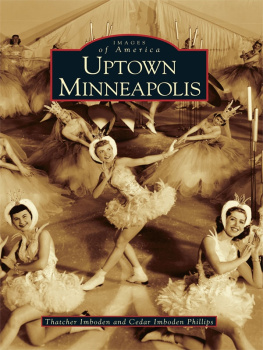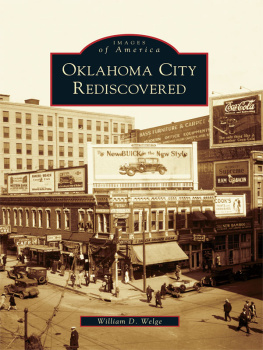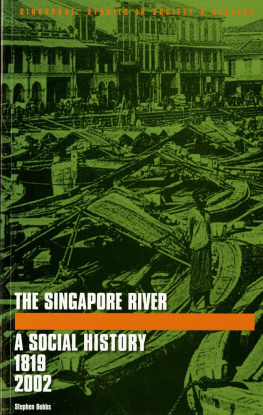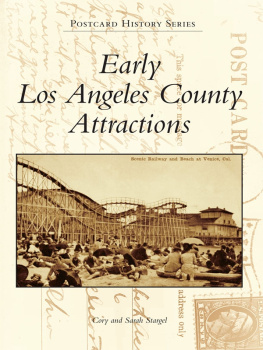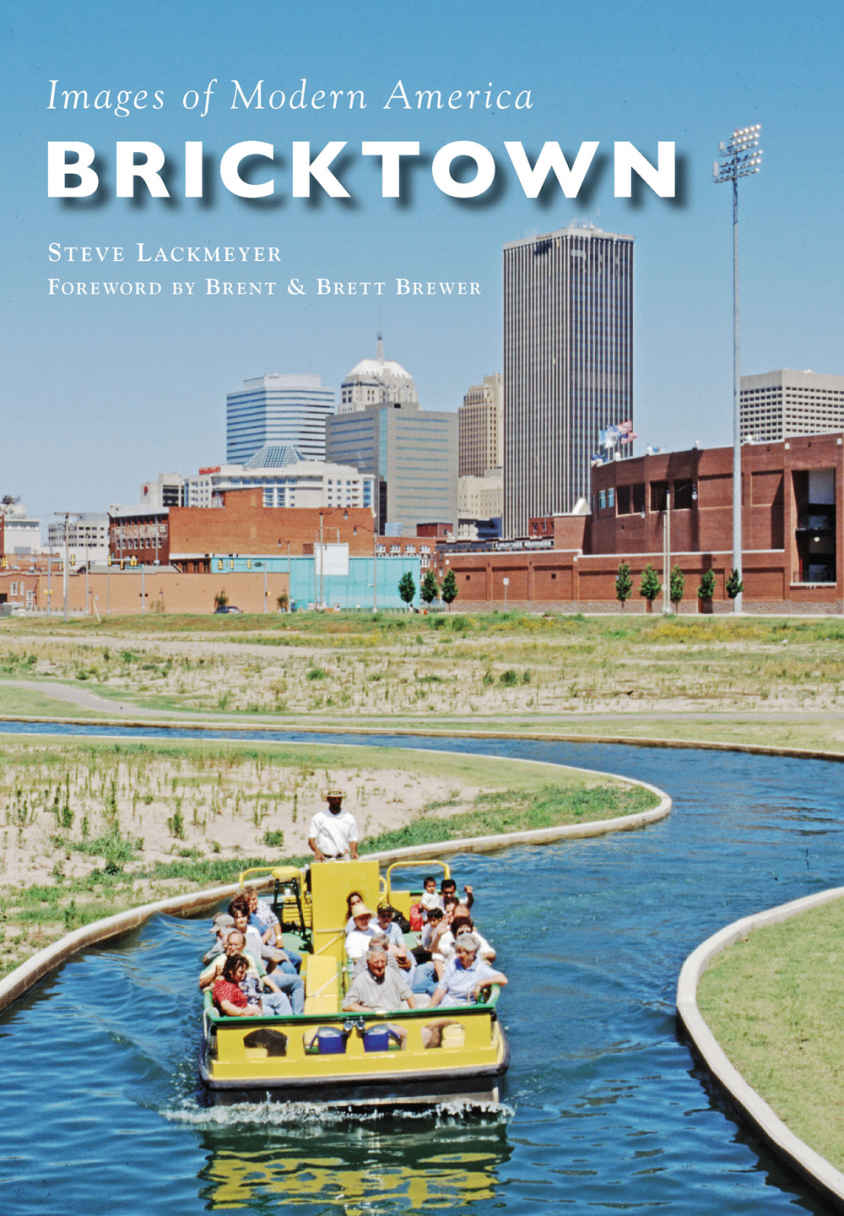Images of Modern America
BRICKTOWN
FRONT COVER : The Bricktown Canal (Courtesy of the Oklahoma Publishing Company)
UPPER BACK COVER : The opening of the Bricktown Canal (Courtesy of the Oklahoma Publishing Company; see )
LOWER BACK COVER (from left to right): An early Fourth of July in Bricktown (Courtesy of the Oklahoma Historical Society; see ).
Images of Modern America
BRICKTOWN
STEVE LACKMEYER
FOREWORD BY BRENT & BRETT BREWER

Copyright 2016 by Steve Lackmeyer
ISBN 978-1-4671-2415-7
Ebook ISBN 9781439657973
Published by Arcadia Publishing
Charleston, South Carolina
Library of Congress Control Number: 2016938515
For all general information, please contact Arcadia Publishing:
Telephone 843-853-2070
Fax 843-853-0044
E-mail
For customer service and orders:
Toll-Free 1-888-313-2665
Visit us on the Internet at www.arcadiapublishing.com
To Wendy, Kaden, and John, the marquee names in the best story in my life
CONTENTS
FOREWORD
Bricktown? Where is Bricktown? That is the question our father, the late Jim Brewer, heard many times after he had purchased several brick buildings in the fledgling warehouse district in the late 1980s. Going through an oil bust and in the middle of a depressed economy, city leaders were saying that downtown was dead. One joking comment heard around town was that after 5:00 p.m., one could shoot a shotgun down the streets without hitting anybody.
Our father had recently sold his interest in an oil company and was approached about purchasing some foreclosed buildings in Bricktown from various banks. He and some potential investors went on a showing of the properties, and during the tour, one person in the group noticed that the building was filled with old antiques and cobwebs with no lighting. He said the property was creepy and that it would make a great haunted house. He then mentioned he knew a guy who ran a haunted house in Kansas City called The Edge of Hell. A trip to Kansas City was then organized, and by the end of that day, a deal was struck with the owner to fly to Oklahoma City and help design a haunted house. Our father then approached the bank about leasing the former Pittsburg Plate Glass Buildingnow named the Jim Brewer Buildingfor the project and to ultimately test the market to see if the general public would even consider coming to Bricktown.
Public perception of the area at the time was sketchy at best. The area had limited lighting and was littered with vagrants, prostitutes, and drug dealers. Before Interstate 235 was built, the downtown boundary to the east was considered the Santa Fe Railroad tracks, and Bricktown was essentially a no mans land.
The bank decided to lease the property for $1 for the event, and the Bricktown Haunted Warehouse became a reality. Bringing in temporary street lighting and advertising that the attraction was three blocks east of the Myriad, 18,000 people attended the inaugural event, and the Bricktown Entertainment District was officially on the map.
Steve Lackmeyer is a respected journalist and historian who has a special place in his heart for Oklahoma City. Lackmeyer has seen the Oklahoma Standard firsthand and how the people of Oklahoma City overcome adversity and strive to achieve greatness and follow their dreams. He challenges everyone involved in the stories he writes to make Oklahoma City a better place to live, work, and play. Steve always pushes people to their limits and stimulates conversations that ultimately lead to positive results. His passion reaches further than just journalism and history and can be seen in his relationships as a friend and a father.
This book is a must-read for anyone interested in the history and growth of downtown Oklahoma City. The Bricktown story is ultimately a story of how anything can be achieved through hard work, passion, and never giving up. It is a story that began with a small group of dreamers who turned an unlikely vision into a booming reality. This spirit is still evident today in the continuing renaissance of Oklahoma City and its inspiration in helping other historic neighborhoods and districts in Oklahoma Citys urban core develop and reach its goals. Enjoy the journey.
Brent and Brett Brewer
ACKNOWLEDGMENTS
In telling the story of Oklahoma Citys history, an author must first visit the Oklahoma Historical Society. Archivist Rachel Mosmon is virtually a partner in these efforts, finding rare photographs and digging into the back stories. Kelly Fry and Linda Lynn, editor and news research editor, respectively, at the Oklahoman , generously shared the newspapers archive photographs. Don Beck, an architect who worked with original Bricktown developer Neal Horton, discovered images packed in boxes for the past 30 years. Brent and Brett Brewer, whose father turned Bricktown into an entertainment district, shared their familys personal collection. Bill Peterson, Hortons partner, trusted me years ago with his photographs and promotional materials in telling the early story of Bricktown. Thanks again also to the City of Oklahoma City and the Greater Oklahoma City Chamber for their help over the years in providing images that help tell the story of how Bricktown emerged as a regional urban entertainment destination. Some great images also were provided by photographer Michael Downs.
Without the support and patience of my family, authoring books about city history would not be possible. They nudge me to work and get work done as needed, and they remind me when a break is needed. Chad Huntington, operator of the Bricktown Water Taxis, is faithful in providing feedback and not shying away from telling me when my recollection of events is lacking. Final thanks go to my readers, who have encouraged me throughout the years and always remind me that these stories are worth keeping alive.
INTRODUCTION
It started with a gunshot. Legally, there were no residents at all in Oklahoma City when gunshots rang out on April 22, 1889. The shots heralded what may be one of the most sudden births of a city in the history of mankind. The Oklahoma Land Run of 1889 offered hope and opportunity for anyone brave enough to stake their lots and gamble their fortunes that a great city would rise at Oklahoma Station. With a river flowing through it and ample rail access, this new citys population quickly swelled to 10,000.
One area of this new city, however, was initially off limits. Troops from Fort Reno established an outpost east of the Santa Fe Railroad tracks. Once convinced that law and order had been established, the troops withdrew, making the area ripe for development. A decade after the land run, Congress instructed the city to plat the area and sell the properties with proceeds benefiting public schools. The deal also called for construction of a school and creation of a park along the North Canadian River.
The former outpost was fertile ground for industrial development. Wholesalers and distributors, many from Chicago, set up shop along the Santa Fe tracks early on. Rock Island tracks and Katy tracks formed the south and north borders to the citys new wholesale district. Some industries flourished. Wholesale grocers like Williamson-Halsell-Fraser and Carroll, Brough & Robinson became major regional distributors. Oklahoma Sash & Door and the Federal Steam Company helped build the new city. The First State Ice Company kept the new city cool and also provided the critical element to ensuring wholesalers success. Households were furnished and maintained with goods from the Miller-Jackson Company and Oklahoma City Hardware. The Iten Biscuit Company put bread on families tables, while the Steffens dairy provided them with milk.


